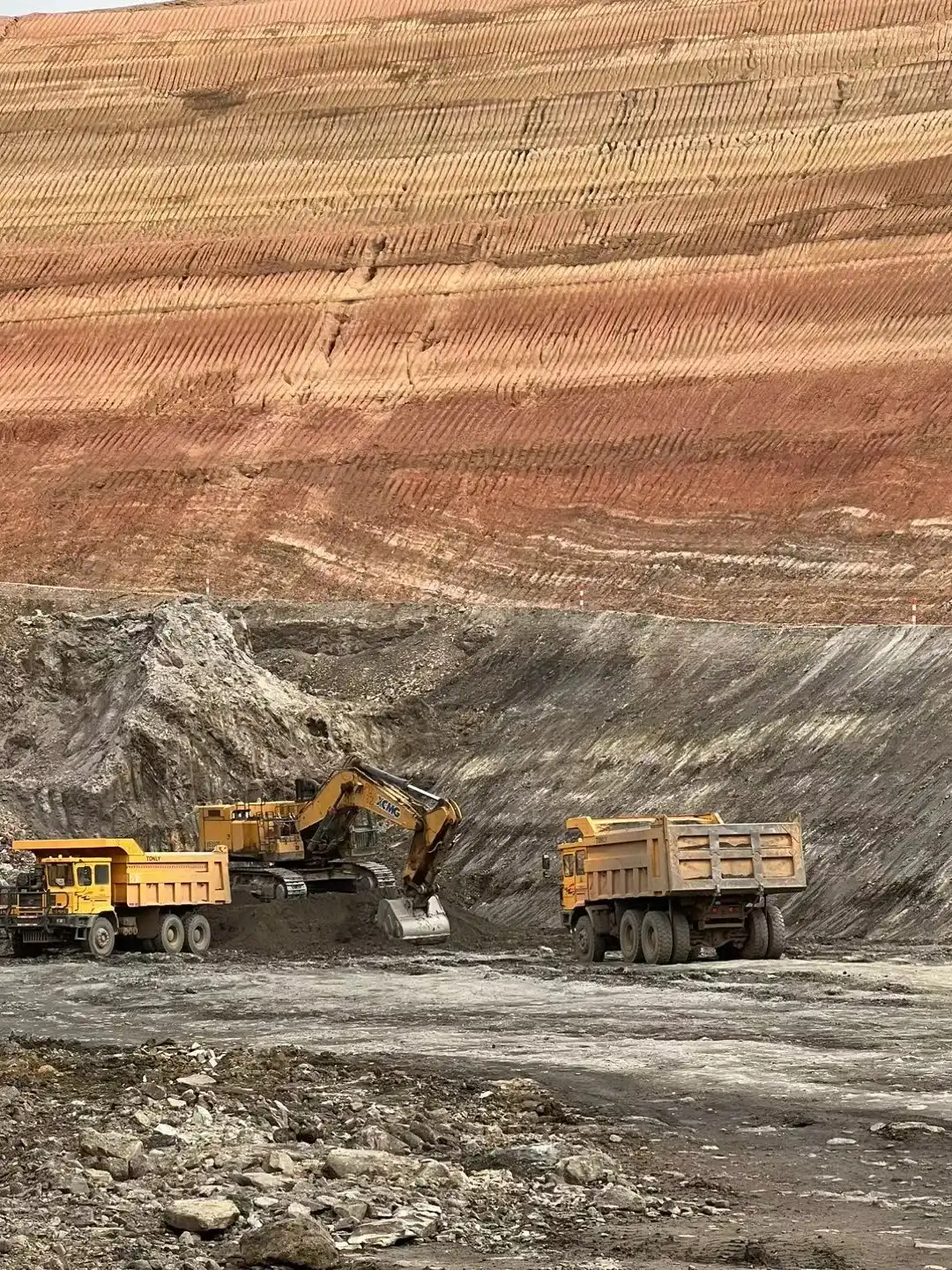The Lifecycle of Grinding Balls in Mining
Production and Initial Use
Grinding balls for mining are typically manufactured from high-quality steel alloys, often incorporating elements like chromium to enhance their durability and wear resistance. These balls are produced through various methods, including casting and forging, to meet the specific requirements of different mining operations. Once manufactured, grinding balls are introduced into mills where they play a vital role in the size reduction of ore particles. During their operational life, Grinding Balls for Mining are subjected to significant wear and tear. The constant impact and abrasion within the mill gradually reduce their size and effectiveness. The rate of wear depends on factors such as the hardness of the ore being processed, the operating conditions of the mill, and the quality of the grinding balls themselves.
End-of-Life Considerations
As grinding balls wear down, they eventually reach a point where they are no longer effective for their intended purpose. Traditionally, these worn-out balls were often discarded as waste, contributing to the environmental footprint of mining operations. However, with increasing focus on sustainability and resource efficiency, mining companies are now exploring ways to extend the lifecycle of these grinding media. One approach is to implement a comprehensive grinding ball management system that monitors wear rates and optimizes ball charging strategies. This can help maximize the useful life of grinding balls before they need to be replaced. When balls do reach the end of their operational life, the focus shifts to potential recycling or repurposing options, aligning with circular economy principles.
Recycling Processes for Used Grinding Balls
Collection and Sorting
The first step in recycling used Grinding Balls for Mining is their collection from mining sites. This process requires careful planning and coordination to ensure efficient retrieval of worn-out balls from mills. Once collected, the grinding balls undergo a sorting process. This stage is crucial as it separates the balls based on their material composition, size, and condition. Advanced sorting technologies, such as magnetic separators and optical sorters, can be employed to streamline this process. These technologies help identify and segregate different types of grinding balls, particularly important when dealing with mixed batches of high-chrome and low-chrome balls, which may require different recycling approaches.
Reprocessing Techniques
After sorting, the used grinding balls are ready for reprocessing. The most common method involves melting the balls in high-temperature furnaces. This process allows for the removal of impurities and the adjustment of the metal's composition if necessary. The molten metal can then be recast into new grinding balls or used in the production of other steel products. For high-chrome grinding balls, specialized recycling techniques may be required due to the presence of chromium. These might include processes to recover and reuse the chromium content, ensuring that this valuable alloy element is not lost during recycling. Some advanced recycling facilities are equipped with technologies that can precisely control the composition of the recycled material, allowing for the production of high-quality grinding balls from recycled content.
Benefits and Challenges of Grinding Ball Recycling
Environmental and Economic Advantages
Recycling grinding balls offers significant environmental benefits. By reusing the metal content of worn-out balls, mining companies can reduce their demand for raw materials, thereby conserving natural resources and reducing the energy consumption associated with primary metal production. This circular approach also helps in minimizing waste and reducing the environmental footprint of mining operations. From an economic perspective, recycling can lead to cost savings for mining companies. While the initial setup of a recycling program may require investment, the long-term benefits can be substantial. Recycled Grinding Balls for Mining can be produced at a lower cost compared to new ones, especially when considering the rising prices of raw materials. Additionally, recycling can help companies avoid disposal costs associated with treating worn-out grinding balls as waste.
Technical and Logistical Hurdles
Despite its benefits, recycling grinding balls presents several challenges. One of the primary technical hurdles is maintaining the quality and performance of recycled grinding balls. The recycling process must be carefully controlled to ensure that the resulting product meets the stringent requirements of mining operations in terms of hardness, wear resistance, and overall performance. Logistically, implementing a recycling program for grinding balls can be complex, especially for remote mining operations. The collection, transportation, and processing of used balls require careful planning and coordination. Additionally, the variability in the composition and condition of used grinding balls can complicate the recycling process, necessitating flexible and adaptive recycling technologies.
Conclusion
In conclusion, the recycling of Grinding Balls for Mining after use in mining operations is not only possible but also increasingly becoming a necessity in the pursuit of sustainable mining practices. While challenges exist, the environmental and economic benefits make it a worthwhile endeavor for mining companies. As recycling technologies continue to advance, we can expect to see more efficient and widespread adoption of grinding ball recycling in the mining industry. For high-quality grinding balls that are designed with recyclability in mind, consider NINGHU's range of products. To learn more about our recyclable grinding media solutions, please contact us at sales@da-yang.com and sunny@da-yang.com.









